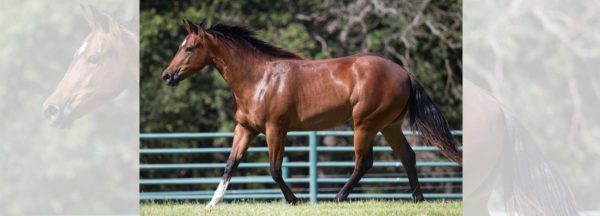Dietary Changes and Forage

Dr. Stephen Duren, Performance Horse Nutrition and Standlee Premium Western Forage® Nutritional Consultant
Horses, cattle, sheep and goats are all animals that rely on fiber (hay, pasture, forage pellets and forage cubes) to provide most of their nutrition. Each of these animals has a digestive system that is filled with billions of naturally occurring beneficial bacteria and protozoa. These microbes ferment plant fiber and produce energy and other useful nutrients that fuel these animals. The digestive system is also home to harmful bacteria such as E. coli and salmonella. The delicate balance between beneficial and harmful bacteria can be easily disturbed. This disruption in microbial population can result in gas, acidosis, diarrhea, weight loss and even death.
One of the primary causes for disruption of the microbial population is a sudden dietary change. For example, switching forage type from timothy to alfalfa will cause unprepared bacteria to encounter forages they are not well equipped to ferment and properly digest. The simple transition from one forage type to another should occur gradually. It takes a bacterial population a full 21 days to totally adjust to a different forage source.
Gradual introduction of a new forage type over the course of 10 to 14 days will avoid elevated gas production, prevent diarrhea and eliminate other health issues. This transition period should begin with a 25 percent replacement of the existing forage with the new forage type. Over the course of the next 14 days, the amount of new forage should be gradually increased while the amount of the current forage decreased.
